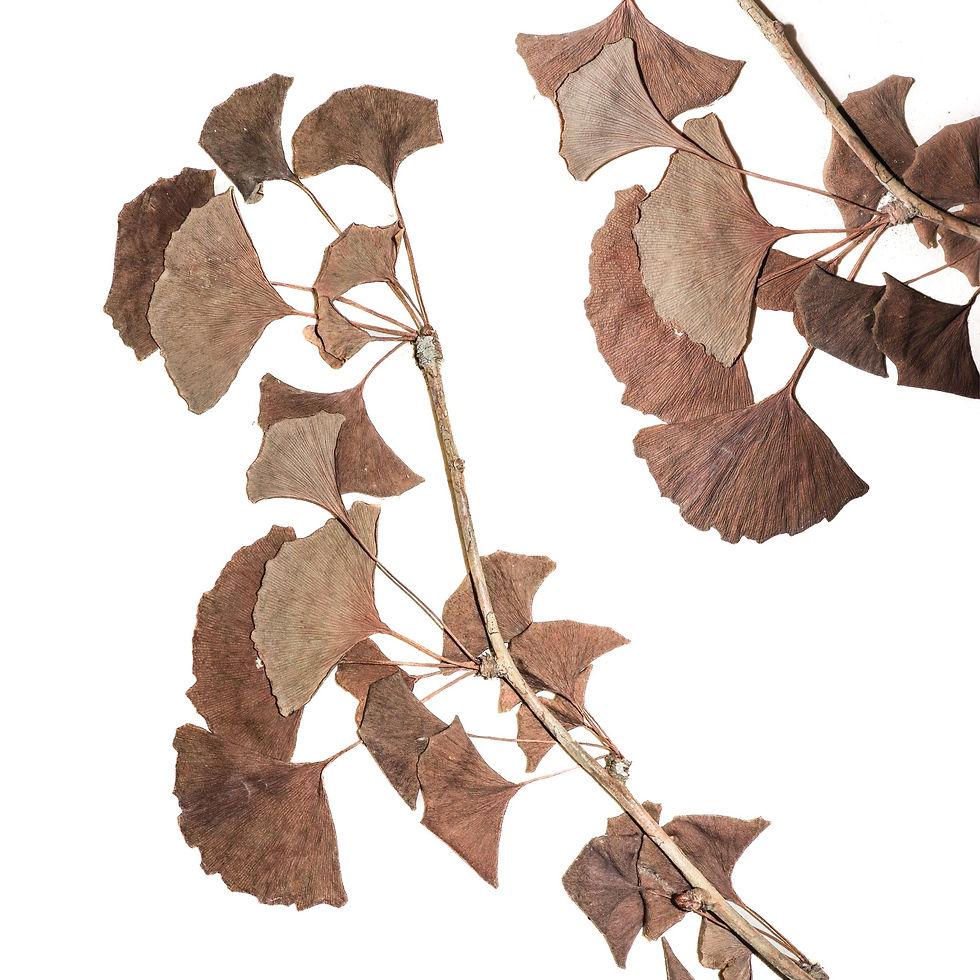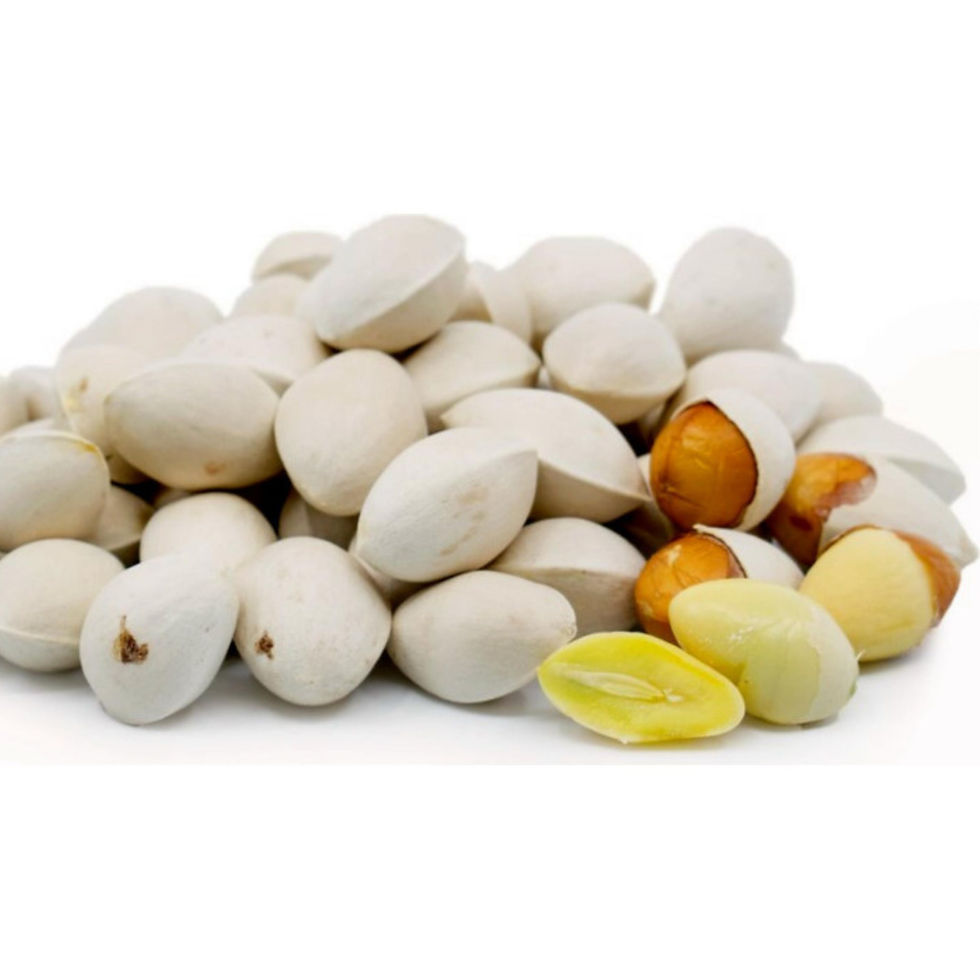𝘎𝘪𝘯𝘬𝘨𝘰 𝘣𝘪𝘭𝘰𝘣𝘢 (Linnaeus, 1771), commonly known as the ginkgo or maidenhair tree , is a remarkable species belonging to an order, the Ginkgoales, that has existed for over 290 million years and was once much more diverse. Now, as the last surviving member of this order, this unique tree showcases incredible resilience and adaptability, surviving at least three mass extinctions and is now considered the oldest living gymnosperm species (plants with naked seeds). 𝘎𝘪𝘯𝘬𝘨𝘰 𝘣𝘪𝘭𝘰𝘣𝘢 is native to China but is now widely distributed across the globe, thriving in urban environments and parks due to its hardiness and beautiful structure and leaves , making it a valuable ornamental tree species.

𝘎𝘪𝘯𝘬𝘨𝘰 𝘣𝘪𝘭𝘰𝘣𝘢 typically grows to heights of 20 to 35 meters, with some exceptional specimens in China exceeding 50 meters . Its fan-shaped leaves, reminiscent of those of the maidenhair fern , feature a distinctive dichotomous venation pattern. In autumn, these leaves transform into a vibrant saffron yellow , creating a stunning display that captivates nature lovers and botanists alike.
Another intriguing aspect of Ginkgo is its reproductive process. Unlike most trees, ginkgo trees are dioecious, meaning individual trees are either male or female . Male trees produce small pollen cones , while female trees develop Ginkgo semen, which contains seeds. This Ginkgo semen is noteworthy because it is produced without flowers (as it is a gymnosperm and not an angiosperm); it develops directly from ovules, distinguishing it from many other plant species. The Ginkgo semen has a soft outer layer known as the sarcotesta, which, while visually appealing, emits a strong and unpleasant odor due to the presence of butyric acid . This scent can deter humans and many animals, yet it attracts certain wildlife that aids in seed dispersal, ensuring the continuation of the species.
Moreover, the ginkgo’s hydrophobic layer on the Ginkgo semen enhances their survival in wet environments . When submerged, they can form a bubble layer, contributing to their silvery appearance and aiding in flotation. This adaptation not only protects the seeds but also facilitates their dispersal in waterlogged areas .
The 𝘎𝘪𝘯𝘬𝘨𝘰 𝘣𝘪𝘭𝘰𝘣𝘢 connects us to a time when it thrived alongside dinosaurs and other creatures long extinct. Its morphology that remained rather unchanged over millions of years is a testament to its successful adaptations to its environment. The tree’s remarkable resilience against pollution, disease, and extreme weather has allowed it to flourish, with some ginkgo trees believed to be over 3,000 years old .

Recent scientific studies have explored various aspects of Ginkgo biology, particularly its impressive thermal tolerance. This resilience allows Ginkgo to thrive in a wide range of temperatures, making it adaptable to diverse climates. Other studies focused on the phytochemicals — natural compounds found in plants that contribute to their color, flavor, and health benefits — produced by Ginkgo have uncovered flavonoids and terpenes. These compounds are linked to potential health benefits such as improved circulation and cognitive function. Additionally, Ginkgo's resistance to insects and diseases makes it a compelling subject for ecological research. Its ability to sprout from damaged areas and develop aerial roots further underscores its adaptability in disturbed environments.

𝘎𝘪𝘯𝘬𝘨𝘰 𝘣𝘪𝘭𝘰𝘣𝘢 stands out not only for its ancient lineage and origin but also for its unique characteristics, such as bearing fruit without flowers and possessing a hydrophobic layer that gives its seeds a silvery appearance when in water . Its striking beauty, unusual reproductive system, and exceptional adaptability make it a symbol of resilience in the natural world . If you enjoy this post, please share it with friends and follow us for more amazing biodiversity stories weekly . And don’t forget to visit HKBM to learn more about our fascinating exhibits and the incredible variety of life on Earth!
Text: Kelvin

Comments